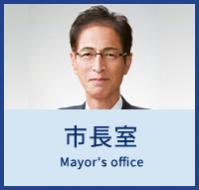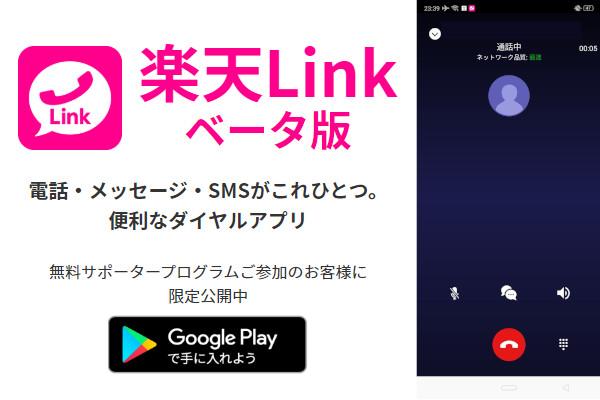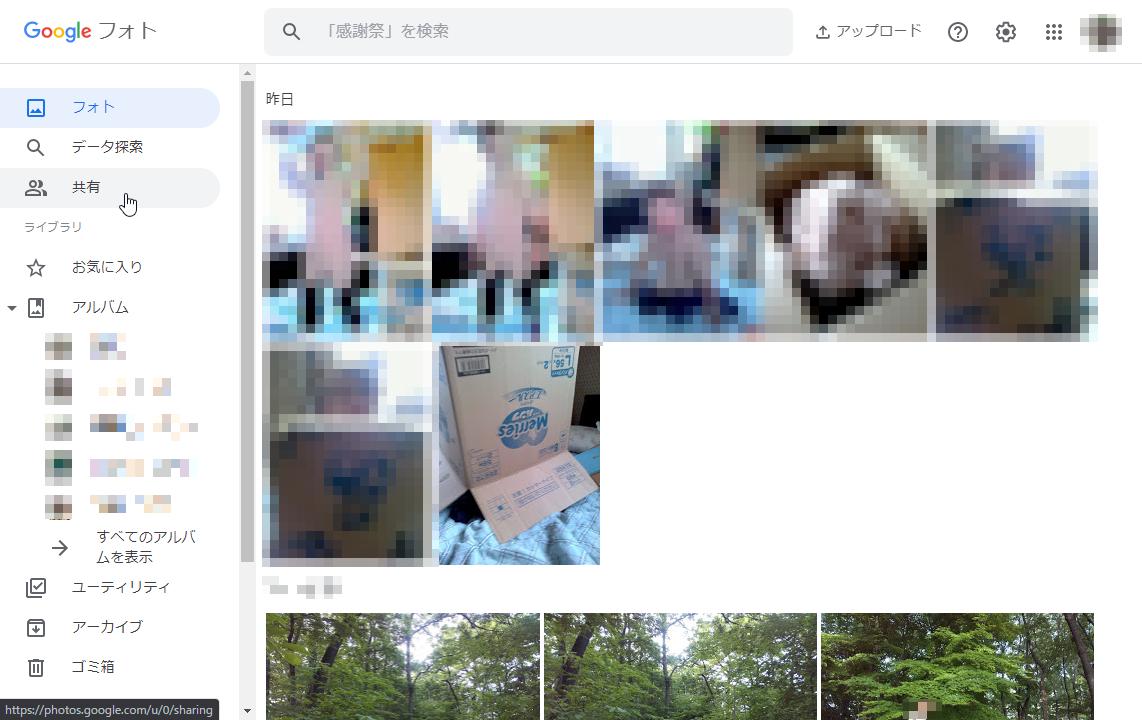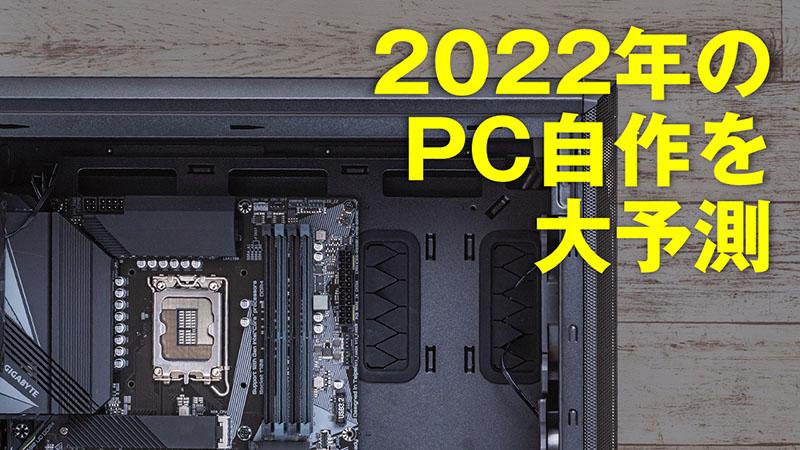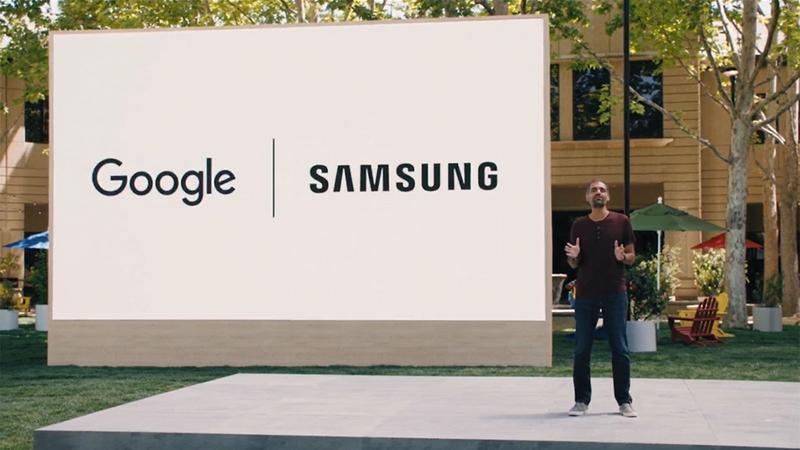What will change with the appearance of "5G SA", which is said to be "true 5G"? |@DIME at dime
■ Series / smartphone conference with Takeyuki Horin, Atsushi Ishikawa, Junya Ishino, Asako Fusano
"Smartphone talk" where you can understand the behind the scenes of the industry by four people who are interviewing at the forefront of the smartphone industry. This time, we will discuss "5G SA (standalone)", which provides services only with 5G dedicated equipment.
*We are taking measures to prevent the spread of new coronavirus infection.
Isn't 5G SA faster?
Mr. Fusano: 5G SA commercial services, which provide services using only 5G equipment, have finally started. Last year, in October 2021, SoftBank launched the service for the first time in Japan in conjunction with the release of "Air Terminal 5", a new model of SoftBank Air that supports 5G, and Docomo started the service for corporations in December. increase. KDDI will start 5G SA communication tests in the commercial environment from September 2021.
SoftBank Air
Mr. Fusano
Mr. Ishikawa: The other day, there was an event called "docomo Open House '22" that exhibited Docomo's technology, and there was also a 5G SA demonstration at that time. Docomo launched the service for corporations in December last year, and it is said that it will introduce it to the general public this summer and will also release compatible smartphones. The Open House exhibition demo was a virtual YouTuber live on the Internet, and when slicing was used with 5G SA, the image was smooth, and there was no delay or block noise, and it was beautiful. However, without slicing, it is explained that this much delay occurs, and I think there is certainly a difference, but I'm like "Oh, that's right" ...
Mr. Ishikawa
Mr. Ishino: Unless the display is quite large, you won't be able to tell.
Mr. Ishino
Mr. Ishikawa: Yes.
Mr. Fusano: Well, please explain a little about slicing.
Mr. Ishikawa: Slicing is a technology that makes it possible to change the properties of a single network for various purposes, rather than cutting the network into slices according to the purpose. For those who want to use a large-capacity and stable network, we will provide such a network. . When 5G SA enables slicing, various applications will expand. It is also said to be “true 5G”, and it is said that it will be a 5G-like network. At Open House, Docomo explained that ``If you do slicing, you'll be able to see YouTuber's live performances in a stable manner.'' I thought. A business that introduces a slicing network is probably necessary, but of course the user side also needs a smartphone that supports slicing, and must be in a network that supports slicing. I thought that it was quite subtle to say whether it was the quality that I wanted to see even if I paid such a cost.
Mr. Fusano: Are there any terminals that support slicing?
Mr. Ishikawa: There is a Wi-Fi router for corporations. Smartphones are said to be coming out this summer.
Mr. Fusano: There is no smartphone yet.
Mr. Ishino: It seems that the iPhone is compatible with 5G SA in terms of standards. I feel that there may be terminals that can be used after updating. As Mr. Ishikawa said, SA does not use 4G, has low latency, and can connect to multiple terminals. This is true 5G! That's what I was told, but when Docomo started the service, there were quite a few examples that made me think, "It doesn't have to be SA, does it?" (laughs). TBS TV broadcasts, and things like, “You can do that with normal 5G, right?”
Mr. Ishikawa: Or maybe a cable would be fine.
Mr. Ishino: Also, at the company that makes Evangelion, the remote work terminal used by the creators there runs the MEC (Multi-access Edge Computing) software via SA, and the software on the PC There was also talk of making it possible to create anime without clothing. It's true that SA is necessary for that, but if you try to do that, you have to make each creator's home a 5G area. Can you really afford the effort and cost? I tought.
Mr. Fusano: 5G SA is said to have high speed and large capacity, right? "Is there a numerical target?"
Mr. Ishikawa: It is said that 5G SA will speed it up, but at present it is faster to combine 4G and 5G with NSA (Non-StandAlone).
Mr. Fusano: Is that so?
Mr. Ishino: Currently, the maximum speed is falling.
Mr. Ishikawa: It's supposed to be "still faster to operate 4G and 5G, isn't it?"
Mr. Horin: I think I've said it before, but if you increase the communication speed and reach a certain level, you won't be able to feel it. Therefore, it is quite difficult to create applications that require 5G SA. I was told, "For the time being, isn't 5G NSA okay?" So it doesn't make sense to say, "Because the SA compatible terminal will be released in the summer, let's refrain from buying it now."
Mr. Horin
Will charges change with 5G SA?
Mr. Fusano: Will there be a new charge for 5G SA?
Mr. Horin: At present, I think that slicing and selling for corporations is probably an extra charge, but I don't think general users have anything to do with it.
Mr. Fusano: It will be sold in the same way as the current 5G.
Mr. Horin: At present, I think there is probably no way to separate them.
Mr. Ishino: NSA and SA are separated by core networks, so the SIM card may change, but...
Mr. Horin: I don't think it's too exaggerated.
Mr. Ishikawa: Differentiating rates is difficult. Even if we propose 5G SA rates, it will be difficult if people say, "There's no area." When introducing 5G in 2020, each carrier tried to charge an optional fee of 1000 yen for 5G. I wanted to get that as a career, but I couldn't get it because Prime Minister Suga's remarks at the time increased the momentum for price reductions. As an extension of that, I don't think it's possible to charge 1,000 yen for 5G SA.
Mr. Ishino: Also, in the case of DoCoMo's network, there is no area for diversion, so it is still "pake stop".
Mr. Horin: There is.
Mr. Ishino: The other day, the package stopped twice and the code payment application did not start. Now I'm saying things like "I'm switching to 4G as soon as possible," but if consumer terminals come out on SA, there won't be anywhere to escape when the packet stops. Then, reconnect to 4G again...
Mr. Ishikawa: Now that 4G and 5G are mixed, the terminal will stop wondering "Which one should I connect to?" It's said that if everything becomes a 5G network, that kind of thing will disappear, but that's not the case. Because it is supposed that there are still many 4G users.
Mr. Horin: There are still 3G users, so it's not that simple. So, I don't think general consumers need to move around for 5G SA.
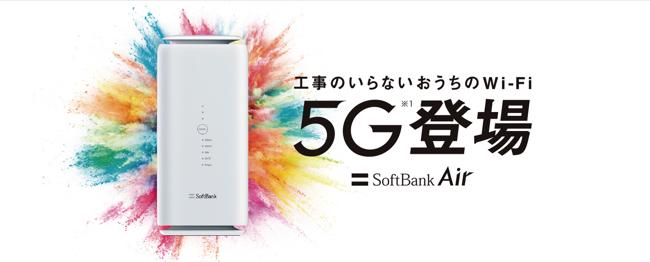
Mr. Ishino: That's true for consumers. That's why 5G SA seems to have started for corporations, but I'm a little worried about how far it will go for corporations.
Local 5G and private 5G
Mr. Horabayashi: In the case of corporations, there are many examples, but in the case of factory automation, there are talks about using SA to operate robots, monitoring, etc. I'm talking about cameras. I understand this. It's a case where you can't connect with a wire. With Wi-Fi, there is a limit to the speed and number of channels of Wi-Fi itself. Also, there are some security risks, so let's connect with mobile networks, then let's provide local 5G as well. I think it's possible to say, "Then DoCoMo's SA will manage the factory." In that case, I think that DoCoMo will be talking about building base stations and providing services as much as possible.
Mr. Fusano: Will it be easier for radio waves to reach SA?
Mr. Horin: It depends on the frequency you use. A story that comes alive when it is more effective than other means of communication. For example, in a very familiar example, if there is Bluetooth, Wi-Fi, and 5G SA, Bluetooth does not fly in distance and does not speed up. If you use multipoint, you can connect a certain number of units, but you can't just connect 100 or 200 units. Wi-Fi is reasonably fast, but the number of channels is limited in the 2.4GHz band. The 2.4GHz band is virtually unusable for business. The 5GHz band is reasonably fast. The number of channels is also quite large. But it's probably difficult to control 1000 robots. This is possible with local 5G. There are channels, you can divide by time, and you can control various things. Even more so, if local 5G becomes something like “our private line”, it will be easier to maintain, and since the mobile network itself is highly confidential, the possibility of data theft is low. These are three things that are very familiar, but if you feel the merit, you will introduce it. For example, when it comes to making the whole shipyard a 5G area and using robots to build a huge ship once a week, it may be possible that 5G could make it faster, SA could make it faster, and so on. I think that's what it means. The story of such a world.
Mr. Ishino: I think SA in local 5G certainly has merit. I know that LTE and 4G will be unnecessary, so it will be simpler and easier to move around in factories, but I still don't know how useful it will be as a nationwide network for carriers. I don't think so.
Ishikawa: Local 5G or private 5G... Local 5G is made by Fujitsu and others, and local 5G is provided in a different frequency band than the radio waves owned by carriers. On the other hand, Docomo and au are trying to do private 5G, and they are trying to use the frequency band they own as a limited use for companies by slicing. With such a network, for example, if something made in a factory has a 5G chip on it, even if it is moved to another place, it can always be tracked by the 5G network to follow the location. With such a fairly niche method, I think that it is possible to manage what is made in a private 5G factory, so it feels like using the network according to the purpose. It feels like one of those methods.
Mr. Ishino: What kind of calculations do you do for consumers?
Mr. Horin: So, I don't think consumers need to worry about it. Of course, after the summer, the time will come when the device will change, but you don't have to wait for it or buy it after it comes out. I think some enthusiasts will care about it, but for ordinary people, something like "This is what happens because it's SA" hasn't been provided or announced so far.
Mr. Ishikawa: At docomo Open House '22, it was said to be a Metaverse, where Ultraman and monsters read the movements of people and displayed videos of them moving and fighting. The movements of people are captured in real time, and they are turned into CG and you can see them moving in the Metaverse, but when you look at them, they are off by 3 or 4 seconds. However, Docomo calls it real-time, and when I heard about it, there was always a delay due to image processing. So, no matter how fast the network is, there will be delays in the image processing part, so it's quite difficult.
Mr. Fusano: Local 5G frequency is...
Mr. Ishikawa: Apart from the frequency bands given to carriers, there are frequency bands for local 5G.
Mr. Fusano: How is the license given?
Mr. Horin: It is given to those who develop local 5G business.
Mr. Ishino: For example, NEC and Fujitsu also have licenses for local 5G frequencies, which are allocated in such a way that they can be used to create a limited area for a specific client. It is That's not the case with major carriers, but because the license is to "do it widely in the public", the private 5G that the carrier does uses a part of the base station installed for general use to make the factory an area.
Mr. Horin: Create a closed network that is connected only by 5G, for example, in Docomo's network, individually.
Mr. Fusano: Is it like a VPN (Virtual Private Network)?
Mr. Horin: Hmm... well, but it's close to that. Create a closed network, perhaps separated by time. Some networks are only available from 9:00 to 5:00 and others are only available at night. For example, although this may be related to consumers, you can also say, "It can be used only in Kashima Stadium."
Mr. Fusano: You can do that with the license you have now.
Mr. Horin: It's in the blanket license. Carriers are basically given a comprehensive license, so it is up to you how you sell it.
As Mr. Ishikawa explained, local 5G and 5G networks sliced and sold by carriers have the same technology as 5G networks, but the frequencies are different, and the purpose of use and the person who obtains the license are also different. . The carrier side is basically a general-purpose terminal and has received a comprehensive license. Among the comprehensive licenses, the story of technical suitability is often involved. That's exactly why it's not possible to say that it's okay without technical aptitude.
Mr. Ishikawa: 5G provided by carriers is said to be "public 5G". While we are providing 5G nationwide, we will offer private 5G by selling it to companies in limited locations. By doing so, it's like kicking out people who are doing business with local 5G. That's why carriers say they will do private 5G.
Mr. Ishino: I think that core networks are all shared, both public and private.
Mr. Fusano: What is the aim of carriers to provide private 5G?
Mr. Ishikawa: I don't want corporate customers to be taken away by local 5G operators who are trying to provide 5G services to companies...
Mr. Ishino: To counteract that.
Mr. Ishikawa: If a company signs a contract, I will receive some money every month. For example, if you provide 5G service to a company, if the carrier provides it, you will receive money every month.
Mr. Horin: It might be easier to understand if you compare it to the telephone service in the company. Do all the people working for companies subscribe to local 5G or docomo 5G for private 5G? If it is Docomo 5G, it will be "You can make a corporate contract with this type of fee." However, there is a service called "local 5G" that can only be used inside the company, and the person in charge came to sell it. In that case, instead of individual contracts, you can sell it according to your network capacity, such as "up to 1,000 lines are XX yen." That's the advantage of having a separate frequency allocation for local 5G. In the case of carriers, there are other companies' buildings and stores around the company, so it's a story like "This is the bandwidth that can be provided to your company as Docomo 5G." Actually, I think it will be more about areas such as stadiums and factories than telephone services.
Mr. Ishino: Also, the cost of local 5G is likely to become cheaper.
Mr. Ishikawa: When considering local 5G, the monthly fee may be extremely cheap, but on the other hand you have to install equipment. If a company wants to introduce local 5G, it will install a base station in the company and put up an antenna in front of it, so what should we do with the initial investment? If the initial investment is divided and added to the monthly fee, each company will hesitate to introduce local 5G. On the other hand, with private 5G provided by carriers, the equipment is owned by the carrier, and the carrier procures various equipment, so you can put in cheap equipment there. As for terminals, if you resell Sharp's routers that are generally sold, it will be cheaper. We also think about which is better, local 5G or private 5G, and the companies that will introduce it.
Mr. Ishino: MVNO is trying to do local 5G.
Mr. Horin: There was a place to provide local 5G to the apartment.
Mr. Ishino: Sony. Subsidiary Sony Wireless Communications "NURO Wireless 5G". If a career tries to do that, it can't be done.
Mr. Horin: That's an ant as a way to do it.
Mr. Ishikawa: It was the first local 5G project that made me think, "This might work."
Mr. Ishino: I think that method is pretty clever. He's smart, but I don't think he can do anything else.
...Continued!
Next time, we plan to have a meeting about carrying carrier mail. Please stay tuned.
Takayuki Horin Writes review articles on digital products such as smartphones, mobile phones, and personal computers, and commentary articles for beginners, mainly for web media and magazines. He has also written many books such as commentaries. Opinion number of the mobile industry.
Watsumu Ishikawa After joining Nikkei Home Publishing (currently Nikkei BP), he became independent in 2003. He interviewed not only domestic carriers and manufacturers, but also Google and Apple. Appeared as a lecturer on NHK E-tele "Hobby Doki! My First Smartphone". E-mail magazine "Industry newspaper (540 yen per month) with smartphone" is being issued.
Junya Ishino Joined Takarajimasha after graduating from Keio University. After becoming independent, he has been active in a wide range of media as a mobile journalist/writer. He is the author of numerous books, including "Keitai Children" (Softbank Shinsho) and "Raku-Raku Phone: Understandable in One Hour" (Mainichi Shimbun).
After working as an editor for a mobile phone magazine at Asako Fusano Publishing Company, became independent as a freelance writer in 2002. As one of the few female writers in the mobile phone industry, she writes for magazines and web media, focusing on introducing mobile devices from a female perspective.
Composition / Mikihiro Chuuma / Asako Fusano


